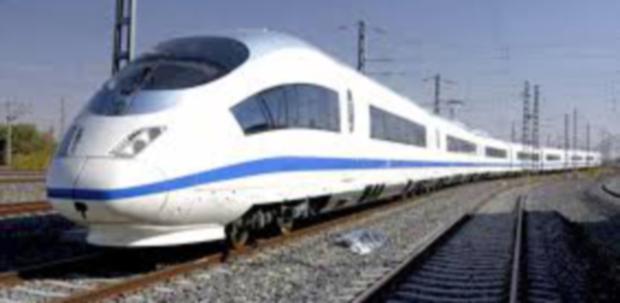GIVEN the drastic changes taking place across multiple fronts, humankind is, for the first time, witnessing a historic exponential transformation. In an unprecedented fast-changing world, what is considered normal today could well be obsolete tomorrow.
Inevitably, we have to do things differently. Our survival rests on our innate abilities to adapt to changes or risk being sidelined.
A report by the World Economic Forum suggests that 65 per cent of children in primary schools today will end up doing jobs that do not yet exist. This prognosis about the future of work exemplifies the need for us to break out of our comfort zone and embrace the new reality that is being thrust on us from the confluence of external forces.
In a recent speech, Chief Secretary to the Government Tan Sri Dr Ali Hamsa urged civil servants to commit to a fundamental mindset shift by challenging their underlying assumptions and mental models. Instead of preserving the status quo, that may be applicable during more stable times, greater emphasis should be placed on doing things anew. This requires a transformation in the way the public sector responds to changes to serve the rakyat better. A generous dose of creativity and innovation is needed.
Creativity and innovation have notably been high on the government’s agenda in recent years. The National Transformation 2050 (TN50), with avantgarde programmes,
including the Government Transformation Programme and Econo mic Transformation Programme, shows the government’s commitment to using innovation as the driving force of growth and prosperity.
The much-applauded National Blue Ocean Strategy (NBOS) embodies the nation’s aspiration in leading innovation and change in the public sector. NBOS initiatives, including the Urban Transformation Centre, Rural Transformation Centre and Community Rehabilitation Programme, proved to be successful in delivering cost-effective solutions, while breaking down silo working practices between ministries and government agencies.
In the era of the Fourth Industrial Revolution, which is fuelled by technological advancements, the government is engaged in embracing digitalisation as a key vehicle in steering the public sector towards becoming a futureproof entity.
The Cloud First Strategy, mooted by the prime minister last year to accelerate the digital economy, reflects the digital transformation undertaken by the government to deliver innovative public sector services using cost-effective cloud technologies.
In the construction industry, the Public Works Department is spearheading the adoption of the revolutionary Building Information Modelling technology, which facilitates the completion of public infrastructure projects at greater speed and higher quality work. It is exemplified by the recently launched National Cancer Institute, which was completed 15 days ahead of schedule.
All these initiatives lay the foundation for the government to engage the public sector’s transformative approach known as Government 3.0.
Powered by advanced information and communications technology, Government 3.0 aims to make the government more service-oriented, competent and transparent. Guided by four core concepts — open, share, communicate and collaborate — seamless engagement between stakeholders is vital in realising the aspirations of the rakyat.
One of the key areas of the public sector reform that resonates well with Government 3.0 relates to public procurement.
In a continuous effort by the government to ensure transparency, integrity and accountability in the public sector, the transformation of public procurement by leveraging on cutting-edge technologies such as artificial intelligence and block chain technology, together with good governance principles, boosts efficiency in the procurement processes, reducing the threat of unfairness or misuse of public funds and enabling fair and transparent procurement procedures.
The innovative public procurement model, operating in a corruption-resilient procurement environment, will cut down the layers of bureaucracy and intricate procedures that the public service is noted for.
As the world continues to find its footing amid the mega trends, it is not the strongest or the most intelligent who will survive, but those who can best manage change. TN50 has given the country an “extended play” platform to map out a fresh strategic path to be among the top countries in the world in terms of economic development, people’s wellbeing and innovation in the next three decades.
In tandem with the Fourth Industrial Revolution, the new normal philosophy paves the way for the public sector in championing innovation towards achieving TN50’s inclusive aspirations for a greater Malaysia.
DR KHAIRIL HIZAR MD KHUZAIMAH and DR MEGAT ZUHAIRY MEGAT TAJUDDIN
Public Works Department
TN50 Taskforce





